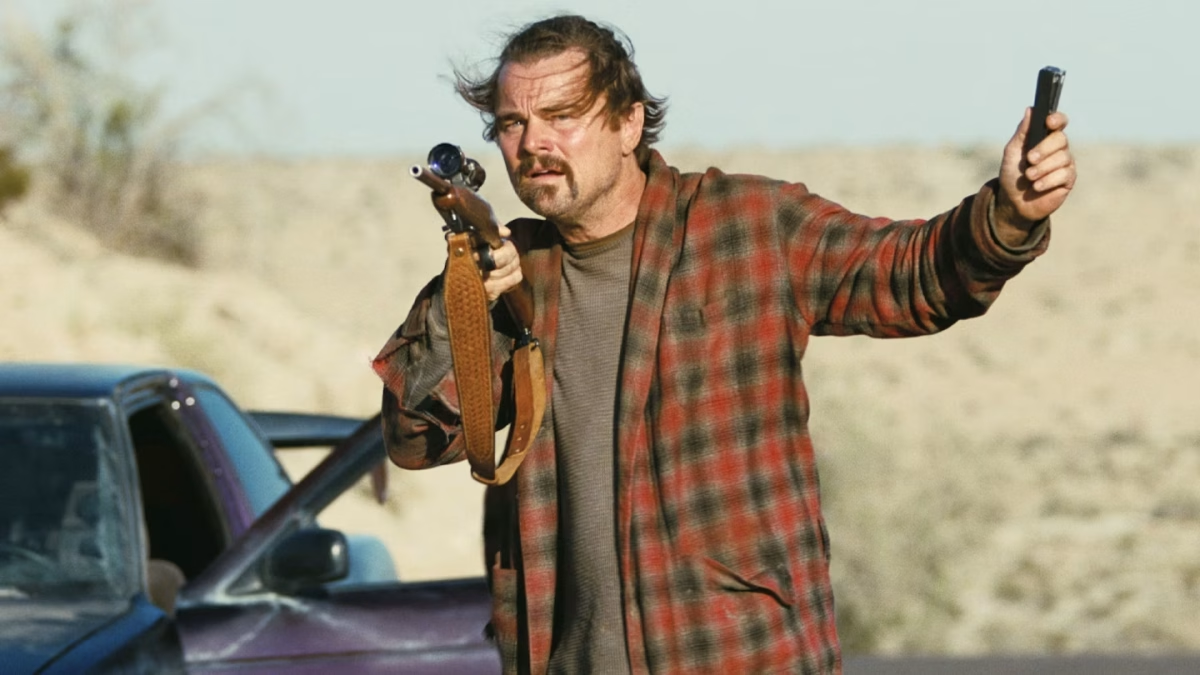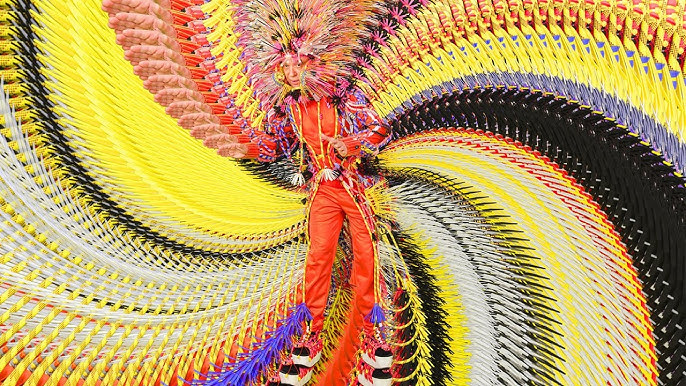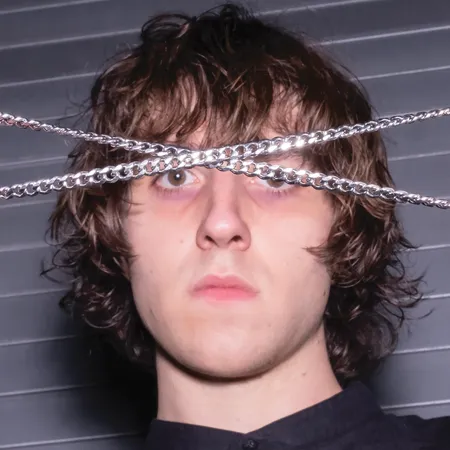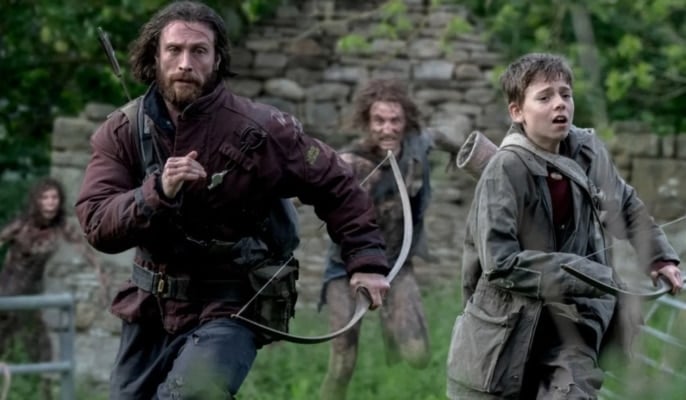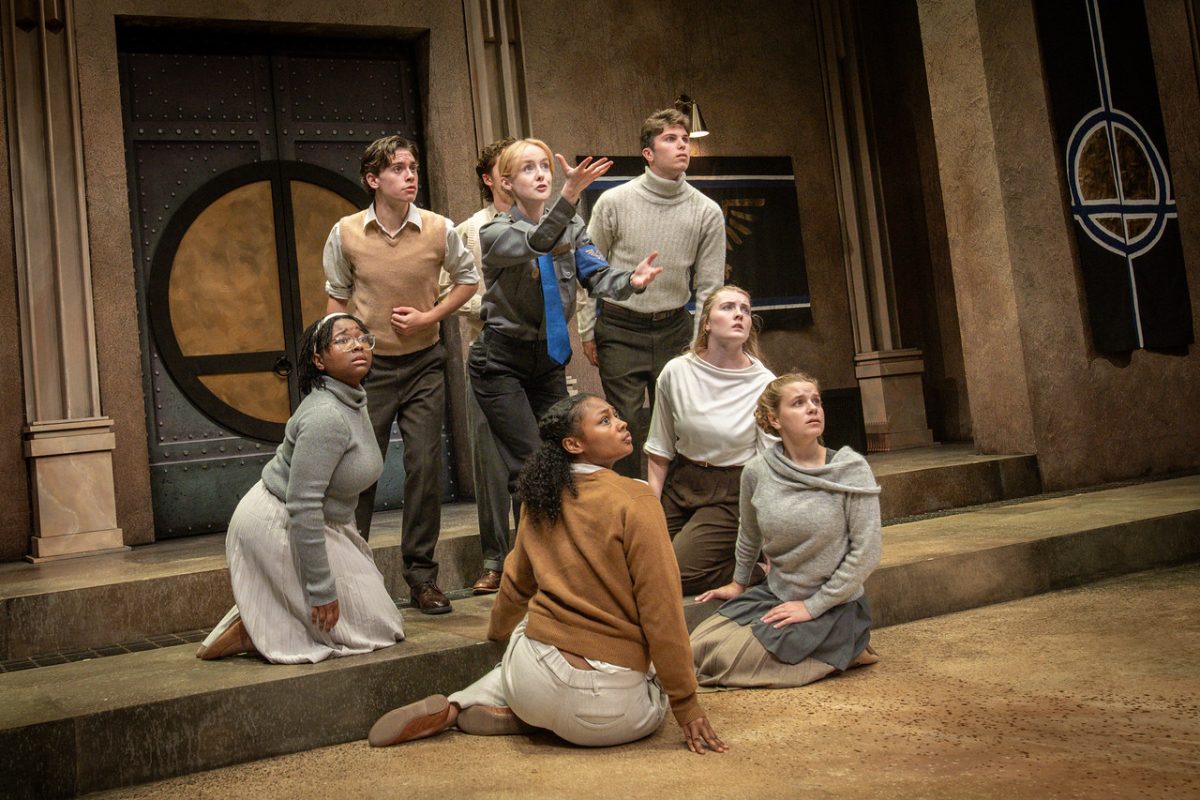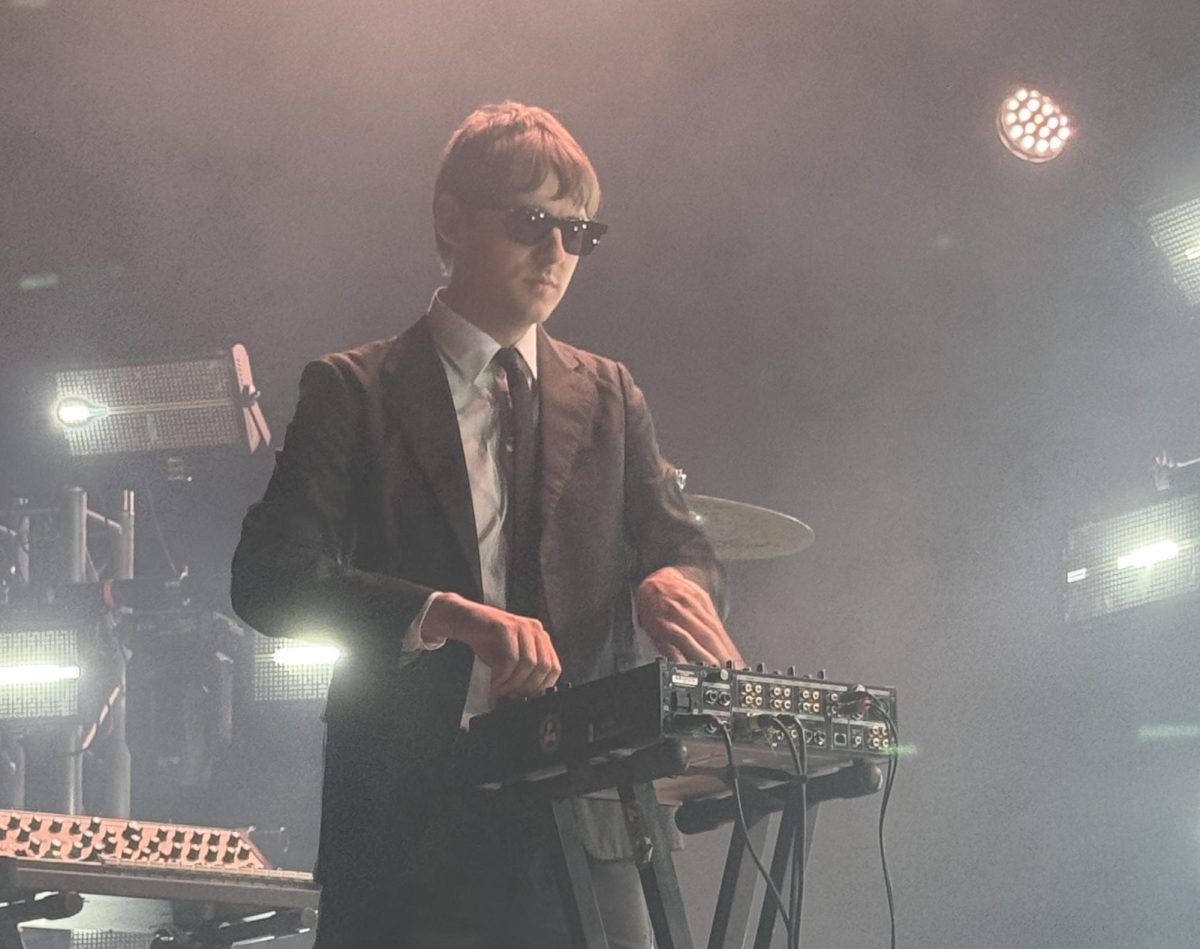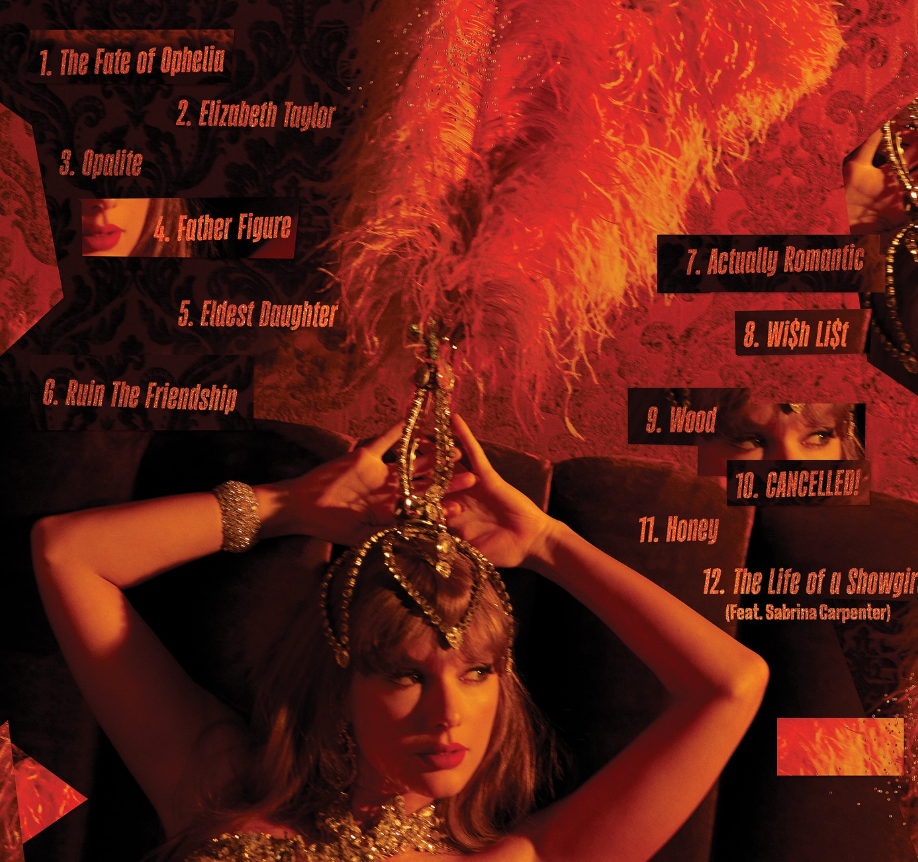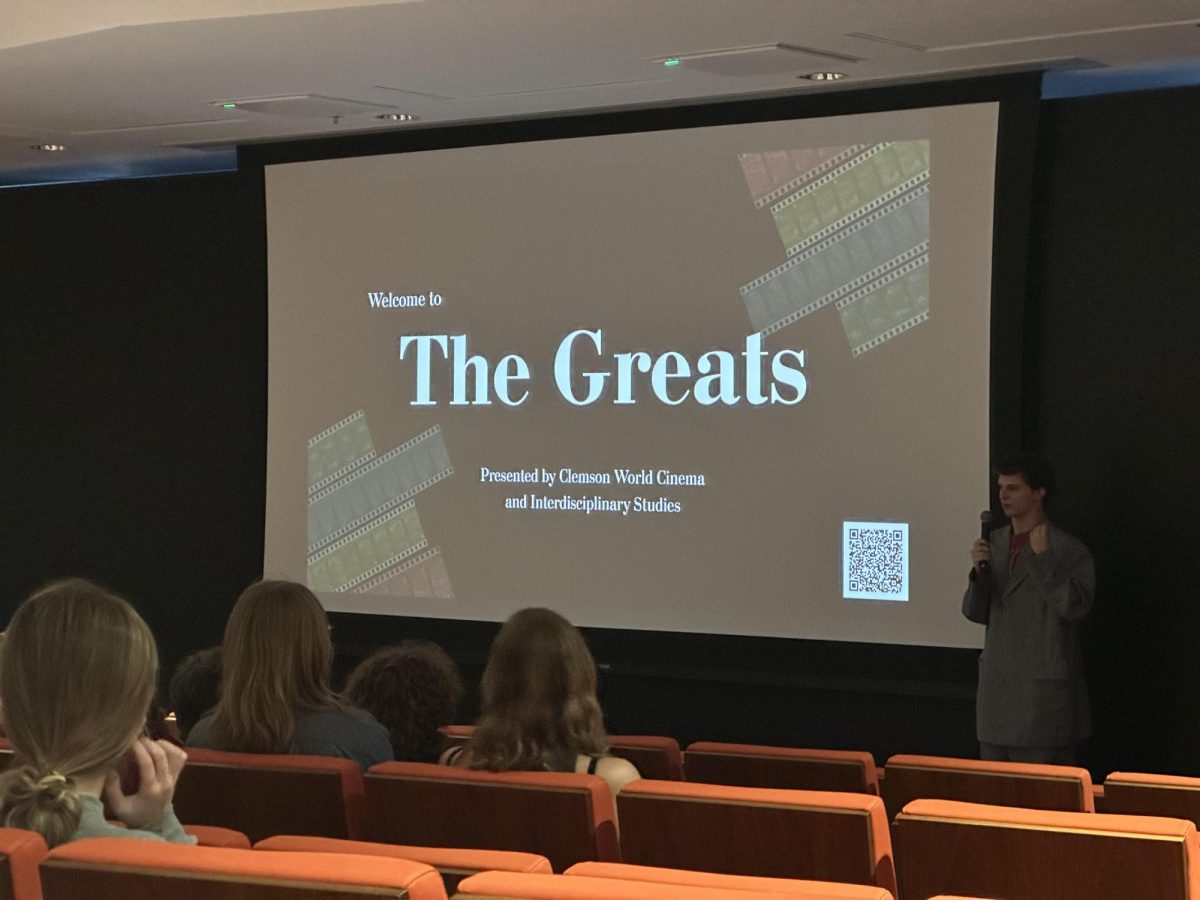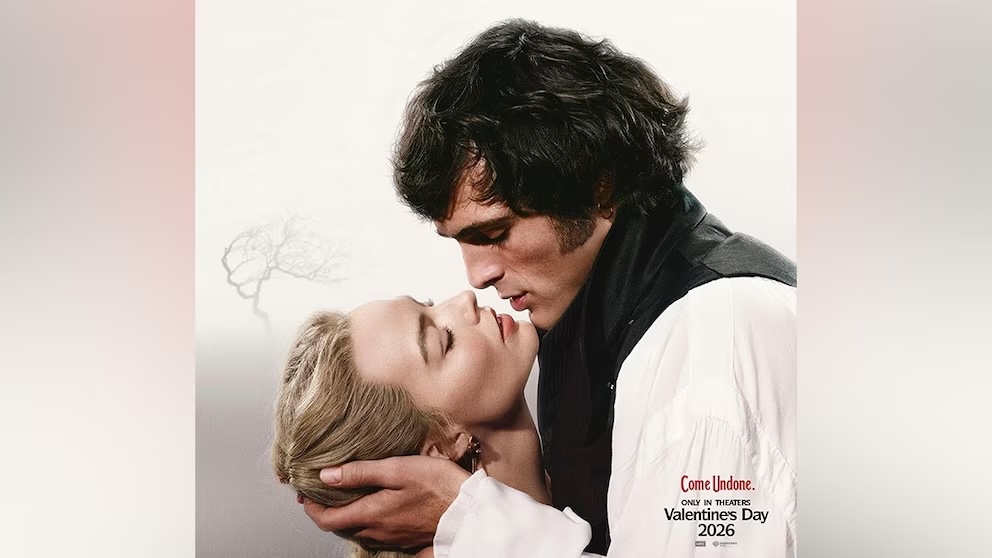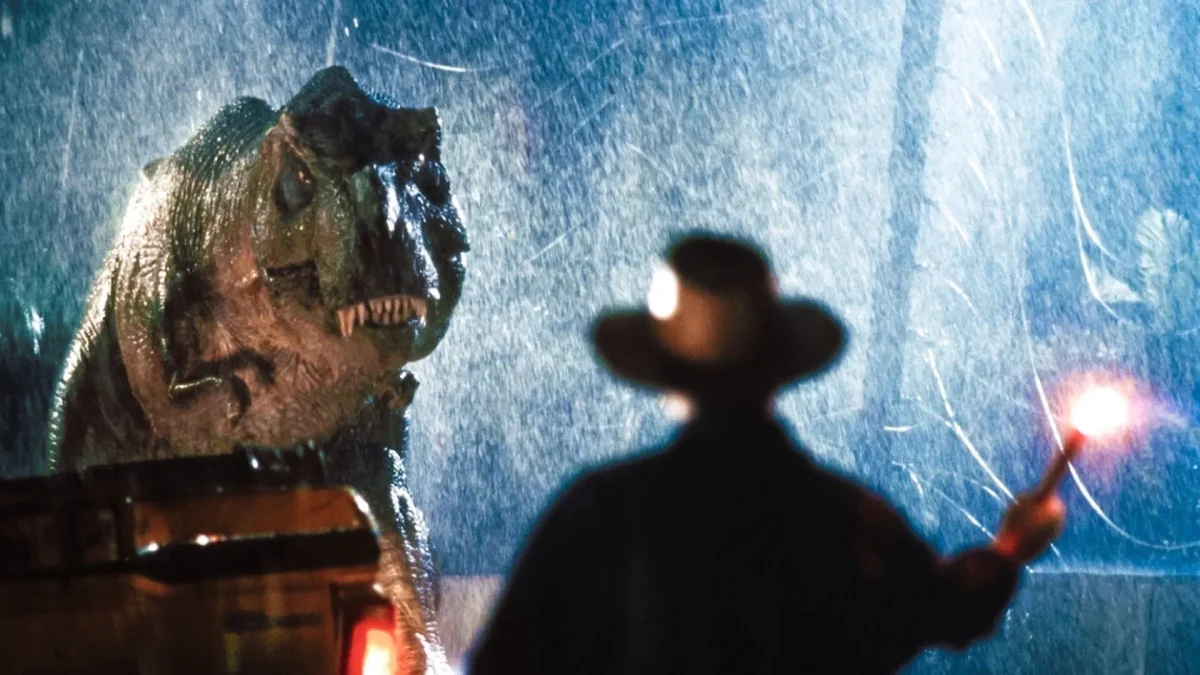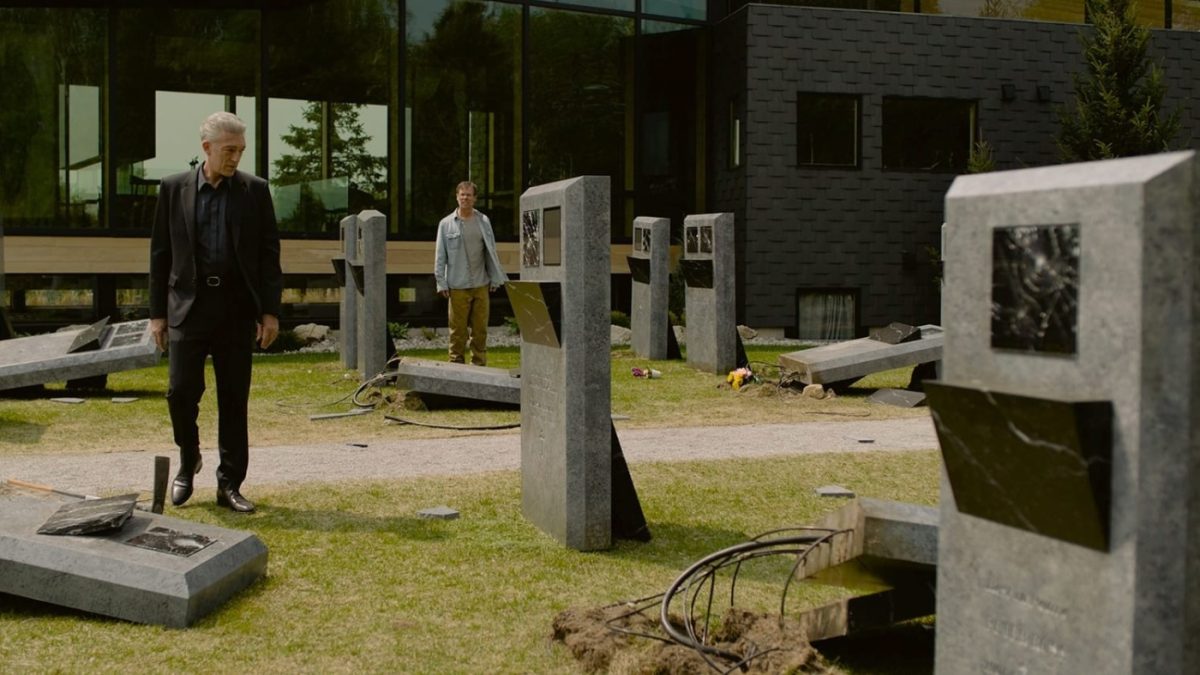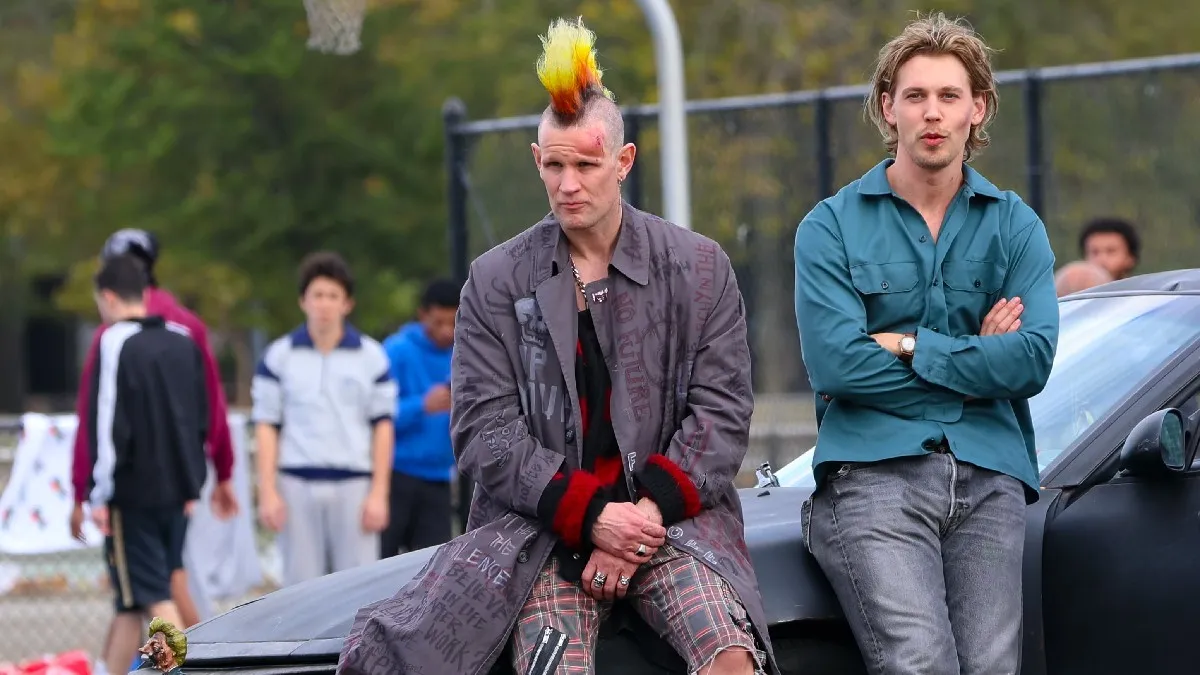The experience of watching Jane Schoenbrun’s “I Saw the TV Glow” is best encapsulated by a line that Owen, the film’s main character, utters early on. “It feels,” he says, “like someone took a shovel and dug out all my insides.” Schoenbrun’s film is titanic, one of the most devastating and life-affirming I have ever seen.
Incidentally, it is the source of one of the year’s best songs, Caroline Polachek’s “Starburned and Unkissed.”
“I Saw the TV Glow,” which made its debut in theaters last May and streams on Max starting Sept. 20, follows two high school students, Owen and Maddy, who develop a friendship centered around watching their favorite television series, “The Pink Opaque.”
Schoenbrun and star Brigette Lundy-Paine have both said that they approached the film as an allegory for gender dysphoria. The film was inspired by Schoenbrun’s experiences and anxieties surrounding their coming out as transgender and non-binary.
Owen, played brilliantly by Justice Smith, strongly identifies with the female co-leads of “The Pink Opaque,” and he experiments with wearing makeup and traditionally feminine clothing.
After Maddy disappears, “The Pink Opaque” is canceled, and Owen becomes despondent. He resigns himself to a life conforming to gender norms, working in a movie theater and living with his stepdad.
This segment of the film is deeply sad and very bizarre — Fred Durst plays Owen’s stepdad, and internet madman Conner O’Malley plays his boss, but their performances use the actors’ notoriety to ominous rather than comedic effect.
Owen’s inauthentic and depressing but mundane existence is shattered when Maddy reappears, claiming that she and Owen are, in fact, the main characters of “The Pink Opaque,” trapped in a false reality by the show’s moon-faced villain, Mr. Melancholy. She begs Owen to bury himself alive, insisting that if he does so, he’ll awaken as his true female self.
Owen, unsettled by Maddy’s manic pleas — which Lundy-Paine performs to distressing and heartbreaking effect — runs away, completely rejecting his true identity. Maddy never reappears, and Owen continues toiling as a minimum-wage employee at a Chuck-E-Cheese-style establishment for the next twenty years.
It’s a compelling metaphor and an absolutely devastating one. Owen is too scared to let his old self die, but death is the first essential step to rebirth. He is terrified to transgress the boundaries of traditional gender identity, even as those boundaries slowly close in, suffocating him.
Near the film’s end, Owen stumbles down the street under a pink sky. Sidewalk chalk art scrawled on the asphalt reads, in giant letters, “THERE IS STILL TIME.” Owen’s lips are perpetually chapped, and his eyes are dead as he walks into work to help set up for a birthday party.
He suddenly begins to hyperventilate, rushing to the bathroom, where he tears open his chest. Blinding white light emanates from his body, and he smiles wanly as he recognizes his true self. Owen forces his body back into submission, and the light ceases. He stares into the mirror and silently leaves the bathroom.
No matter how terrifying it may be, Schoenbrun insists with their film, it is always better to embrace your true identity than to die haggard, tired and repressed, and it’s never too late to break free from the illusion of your false life. There is always still time.





